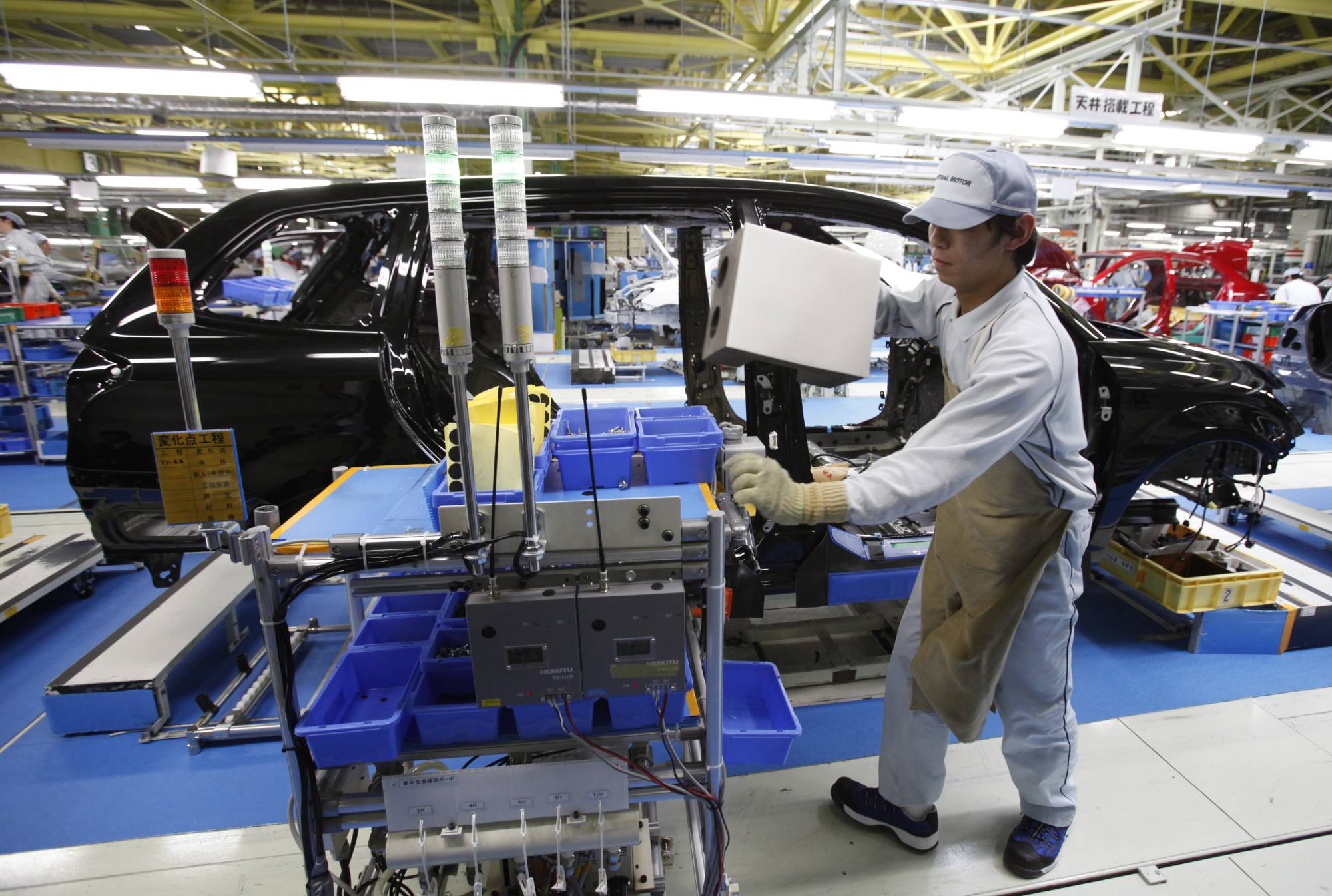As global supply chains buckle under COVID-19 stress, those in Japan remain sturdy, free of inflationary pressures and fitful economic activity. Container shipping costs aren’t spiking and delivery times aren’t delayed. Industrial activity is humming along while manufacturers’ sentiment is at its highest in almost two years. Overseas orders are recovering. It’s all the product of hard lessons learned — and could teach a thing or two to U.S. President Joe Biden as his administration looks to rebuild American manufacturing capacity.
Japan’s industrial network became more resilient after the tsunami and meltdown catastrophes of 2011, which inflicted more than $200 billion in damage to businesses. Supply chains are now carefully crafted and closely monitored. Capital expenditures are strategically timed. The production processes of most industries have been kept within the country, with only a few offshored.
In the wake of the cataclysms of 2011, firms faced severe shortfalls and struggled to restore operations. Across the board, production fell over 15%. In the transportation equipment sector it fell more than 46%. Government surveys from the time show most companies in the basic materials and processing industries didn’t expect to get close to just-enough-supplies till at least seven to nine months out.



